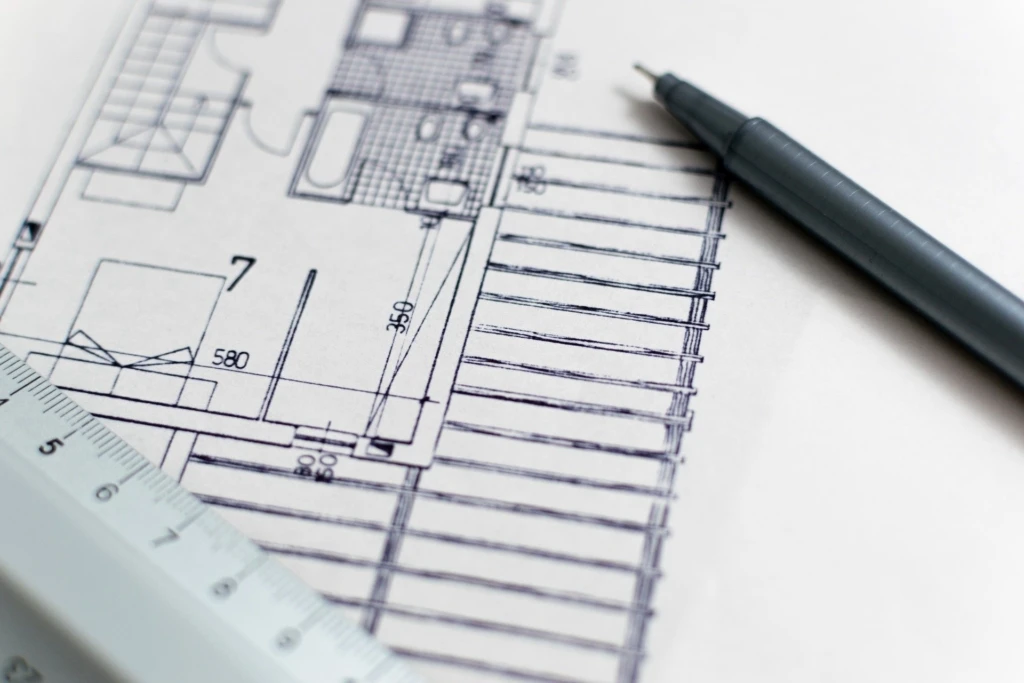Eamets: 3.6 Times More Residential Space Planned in Harju County Than in Tallinn

Today, the statistics office released data on building permits and occupancy permits issued in the second quarter of this year. Looking at how many new residential spaces were put into use in the second quarter compared to a year ago, the number of occupancy permits has grown by 12.6% year-on-year. Meanwhile, building permits for starting the construction of new residential spaces were issued 4.5% fewer. If we look at square meters, the number of occupancy permits grew by 9% in terms of area, and the number of building permits decreased by 2%. This information concerns new residential spaces.
If we look at construction activity more broadly, in addition to new residential spaces, we also talk about the expansion and renovation of existing residential spaces. Taking square meters as a basis, in the second quarter, building permits were issued for 956,000 square meters of residential space to be built, expanded, or renovated, which is 4% more than in the same period last year. The number of occupancy permits for the same activities grew by 3% year-on-year.
A quite interesting picture emerges when analyzing larger commercial and construction centers. It is very logical that the majority of new construction is completed in Harjumaa, as this is also where the majority of Estonia's people live. If we consider the volume in square meters, then as much as 49% of building permits issued in Estonia for new construction in the second quarter were issued in Harjumaa. What is interesting in this regard is the fact that the vast majority of this construction is planned outside the capital. Of all the building permits for new residential buildings issued in Estonia, only 10% were intended for construction in Tallinn. Statistics show that in the coming years, people are also moving to areas close to the city. Similar trends were also seen in Tartu County and Tartu city. 24% of Estonia's building permits were submitted in Tartu County, of which 9% in Tartu city. The same picture in Pärnu, respectively 7% in the county, of which 4% in Pärnu city.
Analyzing the statistics presented above, two conclusions can be drawn – the residential space construction market is slowly gaining momentum, yet there is caution regarding the future, especially concerning new residential spaces. Secondly, through new construction, people are increasingly moving from the city to the countryside. Residential space there is usually cheaper than in the city, but the infrastructure is significantly worse than in the city. Motorization will therefore only increase.
The aforementioned statistics are available in the Statistics Office database:
EH04: Building-permitted and occupancy-permitted residential spaces (new construction, quarters)




